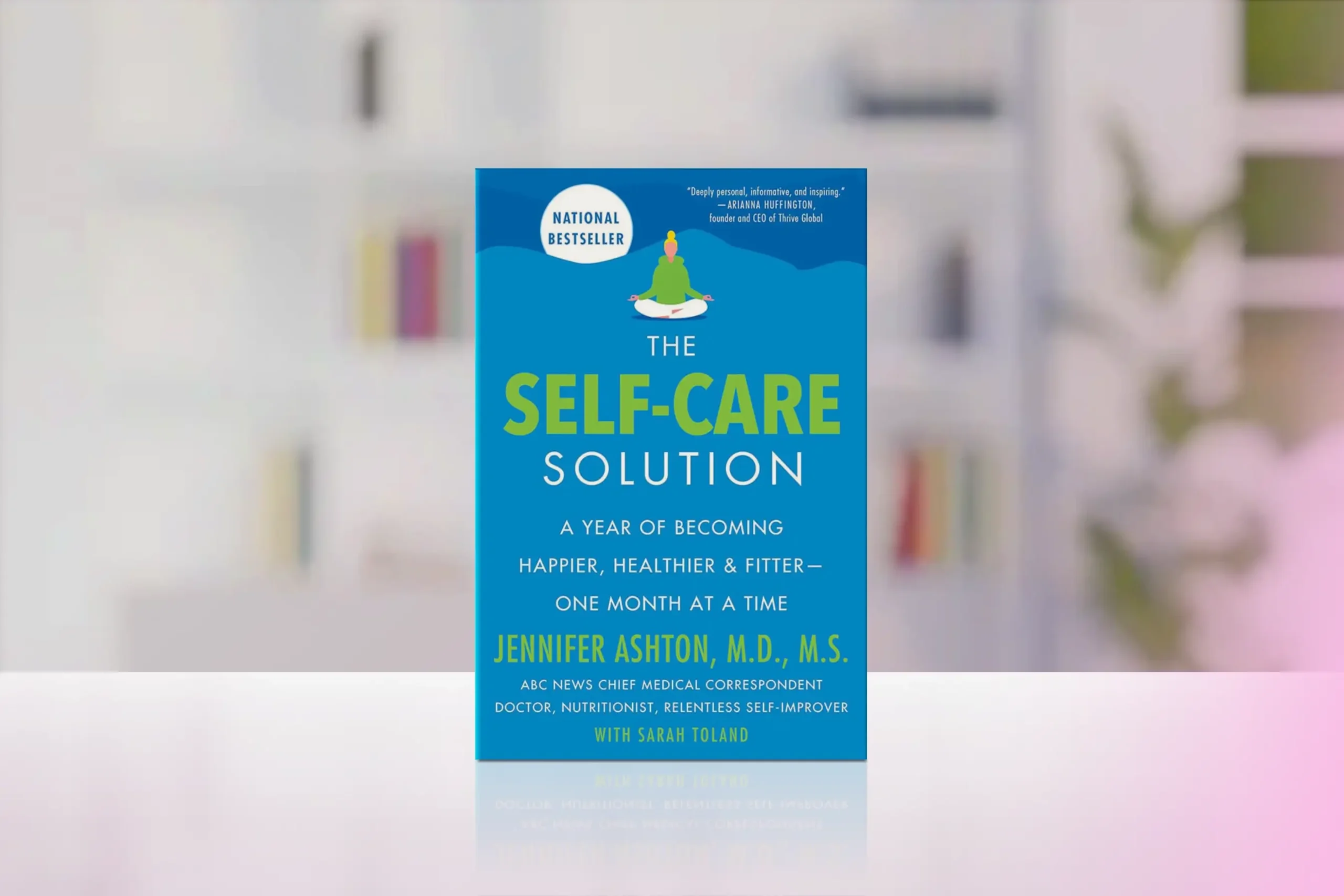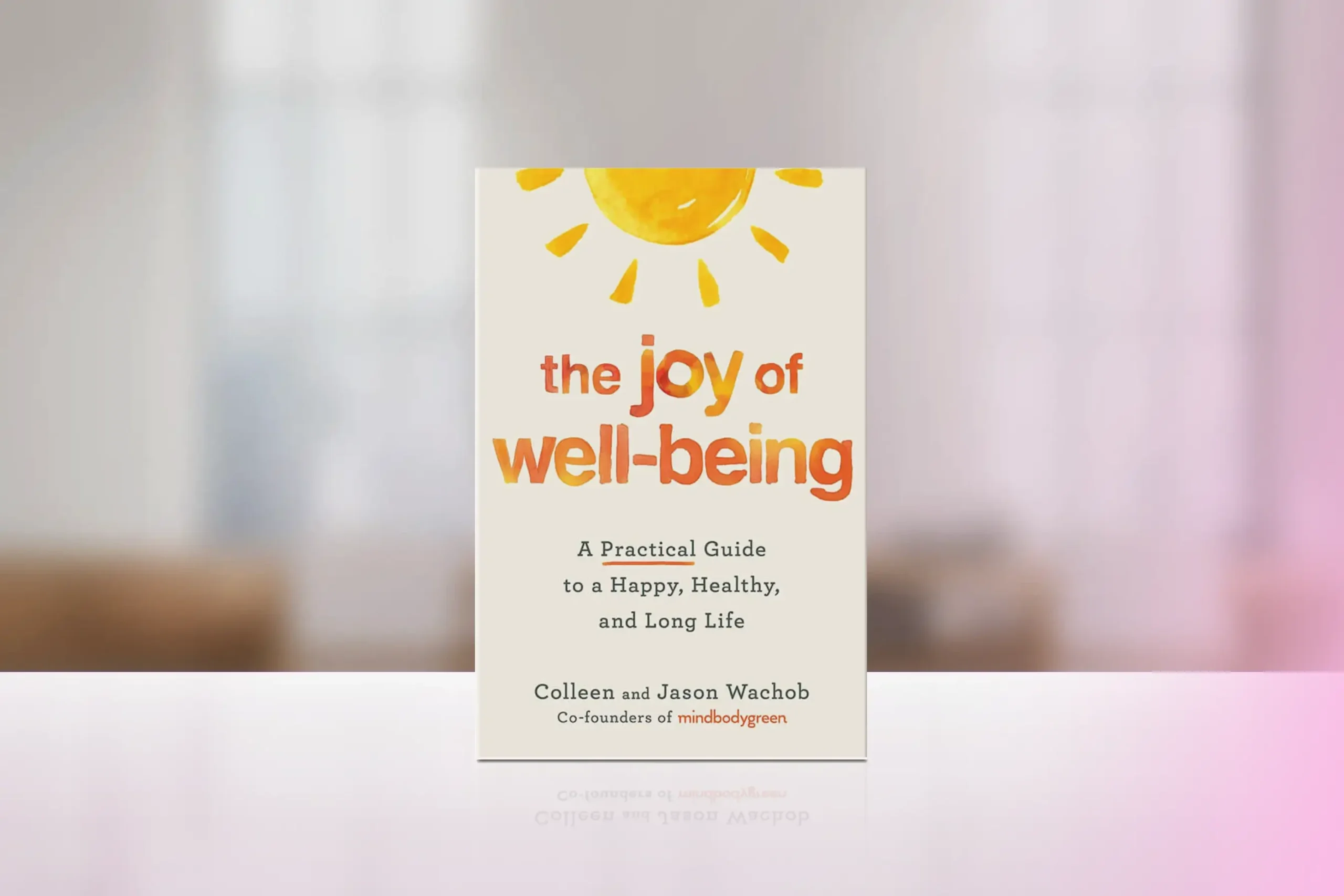You’re trying to complete an important task, but your phone keeps buzzing with notifications. Your laptop displays multiple tabs, each competing for your attention. Sound familiar? According to a recent study, the average person spends 4 hours and 37 minutes on their phone each day, with GenZ spending over 6 hours per day. In an age where digital distraction has become our constant companion, finding focus has never been more challenging—or more crucial.
In his groundbreaking book “Digital Minimalism,” Cal Newport introduces a philosophy that’s particularly relevant to our times: the idea that less digital engagement often leads to more meaningful living. This concept isn’t about rejecting technology wholesale but about being intentional with how we use it to enhance rather than diminish our wellbeing.
As we embark on this journey together, I’ll share practical strategies to help you reclaim your attention and create a more balanced relationship with technology. Whether you’re feeling overwhelmed by constant connectivity or simply seeking more focus in your daily life, this guide will provide you with actionable steps toward digital wellness.
Understanding Digital Overuse: The Modern Challenge
The hyperconnected world we live in today presents unique challenges to our wellbeing. Research from the American Psychological Association reveals that 86% of adults constantly check their emails, texts, and social media accounts, leading to what psychologists term “technostress”—a modern affliction characterized by anxiety, mental fatigue, and decreased productivity.
Think of your attention as a precious natural resource, much like clean water or fresh air. Just as we’ve learned to be mindful of environmental pollution, we need to become aware of what Newport calls “attention pollution”—the constant barrage of digital distractions that depletes our mental resources.
As explored in “How to Do Nothing” by Jenny Odell, our current relationship with technology often leaves us feeling paradoxically both connected and isolated. The book emphasizes how crucial it is to step back and reassess our digital habits, not just for productivity but for our fundamental wellbeing.
The Benefits of Digital Minimalism
The positive impact of adopting digital minimalism extends far beyond simply reducing screen time. Research has consistently demonstrated that mindful technology use can lead to profound improvements in various aspects of our physical, mental, and social wellbeing. Let’s explore the science-backed benefits that await those who embrace this approach.
Enhanced Cognitive Function and Focus
Research published in the Journal of Experimental Psychology found that merely having your smartphone within reach can reduce cognitive capacity, even when the device is powered off. Studies show that people who practice digital minimalism experience:
- A 37% increase in focused work time
- Significantly improved ability to solve complex problems
- Enhanced memory retention and learning capabilities
- Reduced cognitive load and mental fatigue
Improved Mental Health
A 2022 study in the Journal of Social and Clinical Psychology demonstrated strong correlations between reduced social media use and improved psychological wellbeing:
- 30% reduction in symptoms of anxiety and depression
- Increased self-esteem and body image
- Better emotional regulation
- Reduced feelings of loneliness and social comparison
Better Physical Health
Research from Harvard Medical School highlights the physical benefits of reduced screen time:
- Improved sleep quality with 25% faster sleep onset
- Reduced eye strain and digital fatigue
- Lower rates of sedentary behavior
- Better posture and reduced neck strain
Strengthened Relationships
Studies from the University of Michigan demonstrate that people who practice digital minimalism experience:
- 42% increase in quality face-to-face interactions
- Deeper emotional connections with family and friends
- Improved empathy and social awareness
- Enhanced active listening skills
Increased Creativity and Innovation
Research in the field of neuroscience shows that reducing digital distractions leads to:
- Enhanced divergent thinking capabilities
- Improved problem-solving abilities
- Greater capacity for original thought
- Increased mindfulness and present-moment awareness
Professional Growth
Studies in workplace productivity reveal that digital minimalists experience:
- Up to 40% increase in productive work time
- Better quality of work output
- Improved professional relationships
- Enhanced leadership capabilities
Emotional Wellbeing
Long-term studies on digital habits show that practicing digital minimalism contributes to:
- Greater sense of life satisfaction
- Improved emotional resilience
- Better stress management
- Increased sense of personal autonomy
The Principles of Digital Minimalism
As we navigate our hyperconnected world, establishing clear principles for our digital engagement becomes essential for maintaining mental clarity and emotional wellbeing. These foundational principles will guide you in creating a more intentional relationship with technology, allowing you to harness its benefits while minimizing its potential drawbacks.
-
Intentional Technology Use
Digital minimalism isn’t about becoming a luddite; it’s about being intentional with your technology use. Consider these core principles:
- Value-based selection: Choose digital tools that directly support your personal values and goals
- Cost-benefit analysis: Regularly evaluate whether a digital tool’s benefits truly outweigh its costs to your attention and time
- Conscious consumption: Set specific times for checking email, social media, and other digital platforms
-
Creating Digital Boundaries
Just as we set physical boundaries in our lives, establishing digital boundaries is crucial for mental wellbeing:
- Designated tech-free zones: Create physical spaces in your home where devices aren’t allowed
- Digital sunset: Implement a cutoff time for device use, ideally 1-2 hours before bedtime
- Focus periods: Schedule blocks of time for deep work without digital interruptions
-
Quality Over Quantity
The goal isn’t to eliminate digital interaction but to make it more meaningful:
- Selective social media: Choose platforms that genuinely enrich your life and relationships
- Purposeful consumption: Engage with content that educates, inspires, or truly entertains
- Meaningful connections: Prioritize real-world interactions over digital ones when possible
For more insights on creating balance in our technology-driven world, explore our article on “Work-Life Balance: Balancing Ambition with Personal Wellbeing,” which offers complementary strategies for maintaining productivity while protecting your wellbeing.
Your 4-Week Digital Minimalism Plan
Transforming your digital habits requires a structured approach that allows for gradual, sustainable change. This four-week plan provides a systematic framework to help you transition from digital overwhelm to intentional technology use, with each week building upon the progress of the previous one.
Week 1: Assessment and Preparation
- Conduct a digital audit: Track your screen time and identify your biggest time-sinks
- List essential vs. non-essential digital activities
- Set clear goals for what you want to achieve through digital minimalism
- Download a screen time tracking app to establish your baseline
Week 2: Digital Declutter
- Uninstall non-essential apps
- Organize remaining apps into folders based on purpose
- Clean up your email subscriptions
- Set up app limits and screen time boundaries
Week 3: Building New Habits
- Implement morning and evening tech-free routines
- Practice batch processing emails at set times
- Start using “Do Not Disturb” mode during focus periods
- Explore offline activities that bring you joy
Week 4: Refinement and Integration
- Review and adjust your digital boundaries
- Celebrate successful changes and troubleshoot challenges
- Create sustainable long-term guidelines for technology use
- Share your experience with others and build accountability
To deepen your journey into mindful living, check out our article “Mindfulness and Meditation for a More Balanced Life,” which provides additional techniques that complement your digital minimalism practice.
Overcoming Common Challenges
Managing Work Requirements
For many of us, complete digital detachment isn’t realistic due to work obligations. Instead:
- Set up separate work and personal profiles on your devices
- Use website blockers during designated focus time
- Create email filters to prioritize important communications
- Establish clear communication boundaries with colleagues
Dealing with FOMO
The fear of missing out can make digital minimalism challenging. Combat this by:
- Reminding yourself that most information will still be available later
- Finding offline ways to stay connected with important news and relationships
- Creating meaningful offline activities that generate their own JOMO (Joy Of Missing Out)
For more strategies on managing anxiety related to disconnecting, explore our article on “Understanding and Managing Anxiety in Daily Life,” which offers additional techniques for maintaining emotional balance in our digital age.
Social Pressure and Digital Expectations
Modern society often expects constant availability. Here’s how to manage these expectations:
- Communicate your boundaries clearly to friends and family
- Set auto-responders during focus times
- Lead by example and share the benefits you’re experiencing
Looking Forward: Digital Minimalism
Digital minimalism isn’t a one-time fix but an ongoing journey of mindful technology use. As you progress, remember the powerful benefits you’re working toward:
- Enhanced focus and cognitive performance
- Improved mental and physical health
- Stronger relationships and social connections
- Greater creativity and professional success
- Increased emotional wellbeing and life satisfaction
For additional strategies on maintaining mental clarity and focus, explore our article “The Science of Wellbeing: How Positive Psychology Can Transform Your Life,“ which provides a broader perspective on overall wellbeing practices.
Reflection
Consider these questions as you begin your digital minimalism journey:
- What specific aspects of your digital life feel most overwhelming?
- Which online activities truly add value to your life?
- What offline activities would you like to spend more time on?
- How might your relationships improve with more focused attention?
Your 24-Hour Challenge
Start your journey today with these simple steps:
- Track your screen time for one full day
- Identify your top three digital distractions
- Choose one small boundary to implement tomorrow
- Share your intention with a friend or family member
Remember, the goal of digital minimalism isn’t to eliminate technology from your life but to create a more intentional and balanced relationship with it. By taking control of your digital environment, you’re not just reducing stress and increasing focus—you’re reclaiming your time and attention for what truly matters in your life.
As Cal Newport wisely notes, “Digital minimalism is much more than a set of rules… it’s about cultivating a life worth living in our current age of alluring devices.” Start your journey today, and discover the profound impact that mindful technology use can have on your wellbeing and happiness.





